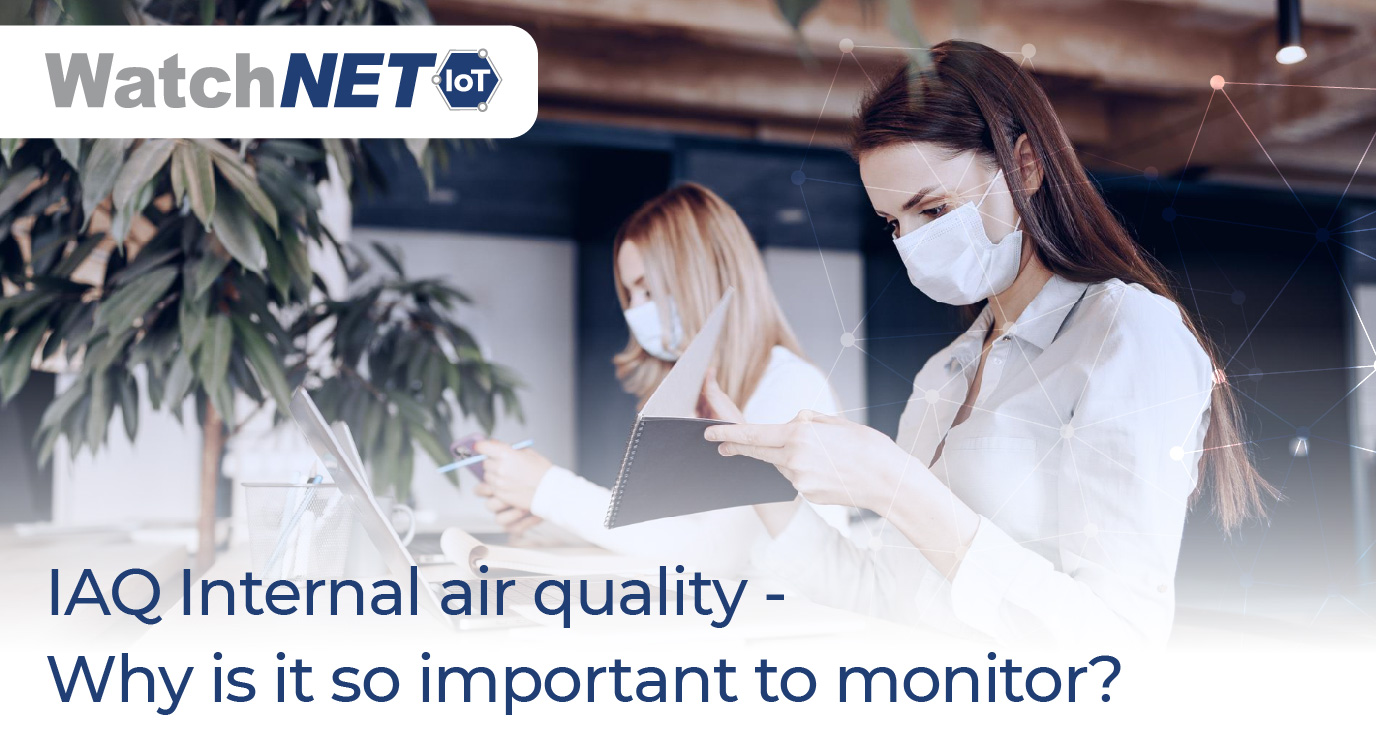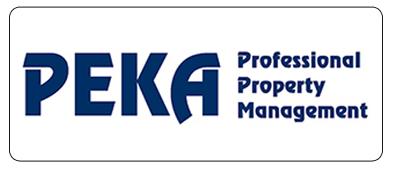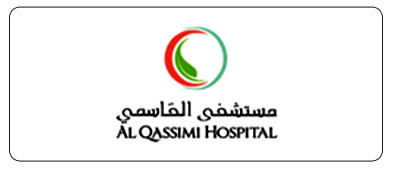
Outdoor air, polluted air is what makes us sick – if this is what you feel, rethink this! Indoor air is as contaminated as outdoor air, if not more. And assuming we spend 80% of our time indoors, which air quality should we be concerned about! Indoor Air Quality (IAQ) is the indoor environment characteristic that may affect health, comfort, or performance. And assuming a closed environment, unlike the outdoors, there is no recycled air. Which makes it all the more crucial to monitor the indoor air quality. And with the recent surge in IoT trends, air quality can be easily monitored and maintained!
Indoor air quality is characterized by temperature, humidity, airborne particle presence, and so on. And these play an important role in maintaining the quality of air. The ill-effects of poor air quality include:
- Short and long-term health issues
- Low productivity
- Acute and chronic respiratory illnesses
- Hypertension
The list is endless and so are the sources of poor air quality and these are not restricted to a particular. These act as major grounds to minimize the poor air quality and this is where IoT sensors and devices help track and maintain good air quality indoors.
IoT devices help in the development of a framework to manage air quality to improve and control air in buildings. Smart buildings and smart devices have helped us overcome this bottleneck of poor indoor air quality. With the IoT devices fitted in buildings:
- CONSTANT MONITORING of all parameters – including temperature, humidity, CO2 levels, particulate matter, airflow, and so on
- Data is collected and stored in a central cloud server
- Data is then analyzed to understand the actual indoor air quality in a space
- This data is then compared against the benchmark indices to identify areas of improvements
- These calculations then help maintain the air quality and take corrective and preventive action
A few steps to improve air quality based on the above observation and insights from the analysis would be:
- Increase outdoor air damper settings
- Temperature and humidity sensors provide the proper ambiance with a favorable environment
- Sensors detect toxic gases, thereby preventing gas explosions and fire hazards
- Recirculated air flow on the basis of air change needs to be selected
- Rebalance of air supply
- Adjust HVAC to increase indoor airflow
- Improve Air Filtration
- Maintaining indoor humidity between 40% and 60% relative humidity
With health at the top priority, safety insides buildings is also a major concern. Homes, offices, corporate buildings, and building owners have to take the responsibility of prioritizing IAQ and measure the effectiveness regularly. With IoT products for every purpose, this is not a herculean task. Make health a priority and start monitoring for air quality today!

















